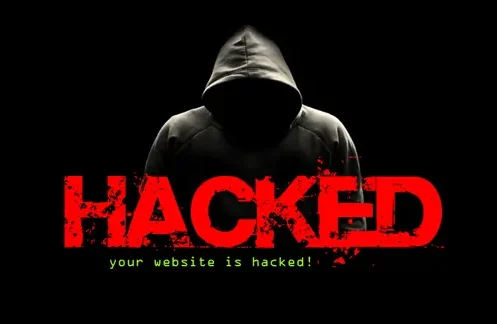Cleaning a hacked WordPress website requires a systematic approach to identify and remove malicious code or backdoors.
Here are some general steps you can take to clean a hacked WordPress website:
1. Take the Website Offline: Temporarily take your website offline to prevent further damage and protect your visitors from potential security risks. You can display a maintenance page or temporarily disable access to your website while you work on cleaning it.
2. Change All Passwords: Change all passwords associated with your WordPress website, including admin accounts, FTP, database, and hosting accounts. Ensure you use strong, unique passwords to minimize the risk of future unauthorized access.
3. Scan for Malware: Use a reliable malware scanner to scan your WordPress files and database for malware or suspicious code.
4. Update WordPress and Plugins: Ensure that you are using the latest version of WordPress and all installed plugins. Outdated versions often have known security vulnerabilities. Update both WordPress core files and any installed themes and plugins to their latest secure versions.
5. Remove Suspicious Themes and Plugins: Review all installed themes and plugins on your website. Remove any themes or plugins that you are not using or that you suspect may be compromised. Delete them from your WordPress installation to eliminate potential vulnerabilities.
6. Clean Infected Files: Manually inspect your WordPress files for any suspicious or unfamiliar code. Focus on the theme files, core files, and the wp-content directory. Compare the files with a clean installation of WordPress or a backup to identify any discrepancies or injected code.
7. Scan and Remove Backdoors: Hackers often leave backdoors to regain access even after the initial cleanup. Look for any suspicious files or directories with random names or unfamiliar code. Check files like wp-config.php, .htaccess, and wp-content/uploads for any malicious additions.
8. Harden Security: Implement security measures to prevent future hacks. This includes using strong passwords, limiting login attempts, enabling two-factor authentication, securing file and directory permissions, Website Firewall (WAF) to protect from future attacks, and regularly updating WordPress and plugins.
9. Monitor and Stay Updated: Continuously monitor your website for any signs of suspicious activity even after the cleanup. Stay informed about the latest security vulnerabilities and updates for WordPress and its plugins to proactively address potential risks.
If you don’t have the time or experience to do it yourself, it is recommended to seek professional assistance from a web security expert or a WordPress security service provider to ensure a thorough and effective cleanup process. You can try our Website Malware Removal services!



